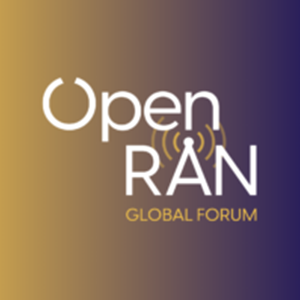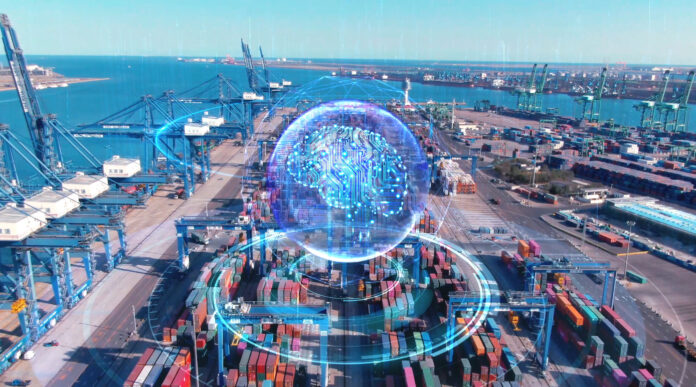Huawei explained that the automation and intelligent upgrade of ports seek to achieve the optimal efficiency of the entire port system that includes machines, yards, vehicles, ships and goods
Huawei and the Tianjin Port Group (TPG) have recently announced a cooperative project with the aim of building a digital twin of the port, to make the port operations more automated and intelligent.
Yang Jiemin, vice president of Tianjin Port Group, explained that the plan consists of three parts: Construction of new, automated terminals, upgrading of traditional terminals, and a comprehensive digital transformation of the port.
The Section C Terminal in the Beijiang Port Area of the Port of Tianjin entered large-scale commercial operations in October 2021. Huawei noted that 5G and L4 autonomous driving technologies are applied at this terminal to make its operations safer and more efficient. At the terminal, container cranes operate automatically and intelligent robots system frequently come and go. Remotely controlled quay cranes lift loaded containers from cargo ships and put them onto the intelligent robots for horizontal transportation, the Chinese vendor said.
Supported by the BeiDou Navigation Satellite System, these robots are guided to automatic locking/unlocking stations to unlock containers and then to the container yard along optimal driving routes that are calculated in real time, Huawei said.
“These innovations being used at the Port of Tianjin are having a huge impact on the port industry, creating new value for ports by improving operating environments, driving green and low-carbon development, and increasing operational efficiency. We believe that these practices will promote the intelligent development of the global port industry,” said Yang.
Yue Kun, CTO of Huawei’s Smart Road, Waterway and Port business unit, said: “Ports are a vital link in maritime transportation, connecting trade and supply markets across the globe. Building more efficient smart ports is becoming an increasingly pressing requirement for the global supply chain. Section C Terminal of the Port of Tianjin has now been operating stably for over one year. This proves that 5G and L4 autonomous driving have already been successfully adopted by industries in China, and are creating true commercial and social value.”
Huawei explained that the automation and intelligent upgrade of ports seek to achieve the optimal efficiency of the entire port system that includes people, machines, yards, vehicles, ships, and goods. Based on previous exploration and practice, “Huawei, TPG, and other partners considered that the best solution for smart ports is to build intelligent twins with an intelligent brain and automated arms and legs. Huawei’s smart port solution provides intelligent planning as the brain of the port, intelligent remote control as the arms, and intelligent horizontal transportation as the legs.”
Huawei said that its solution offers intelligent planning for berth, quay crane, stowage and yard operation. The Chinese vendor highlighted that intelligent berth and quay crane planning can be completed in seconds, compared with the hours required for manual operation. Intelligent stowage planning has shortened stowage operation from 4–10 hours to less than 10 minutes and intelligent yard planning reduces yard operation from hours to less than 5 minutes, according to the company.
“With Huawei’s solution, the stowage for a single ship now only takes 10 minutes, much more efficient than the 20 hours of manual planning,” Huawei said.







